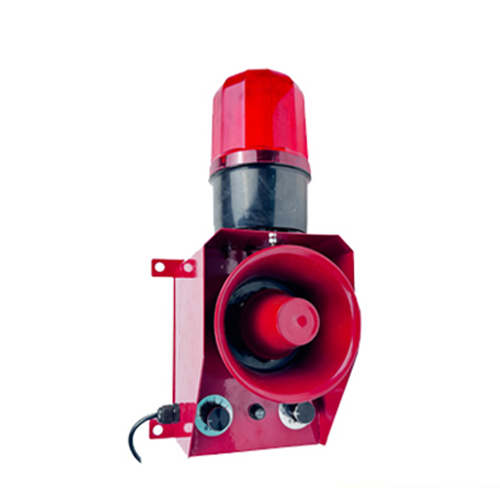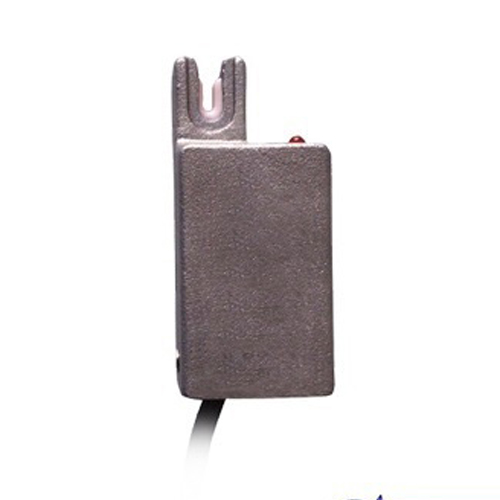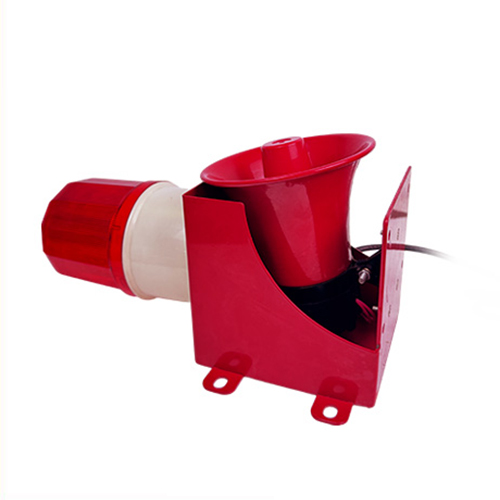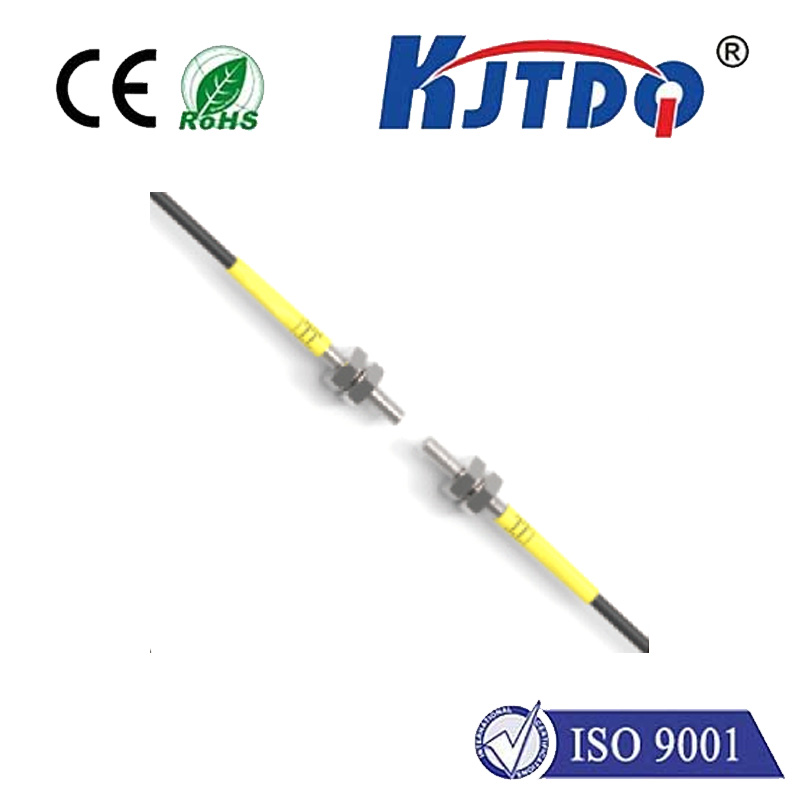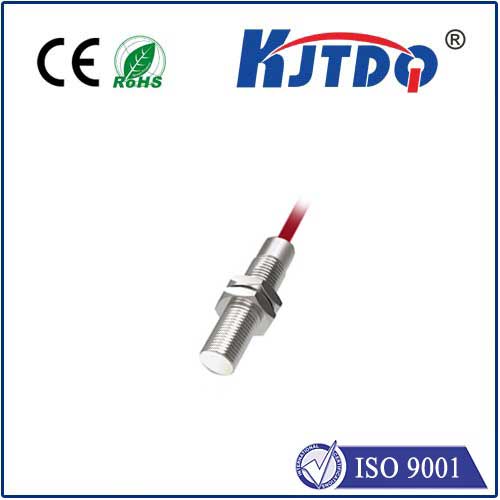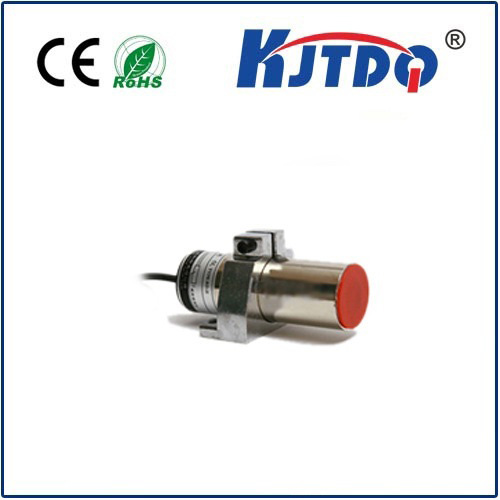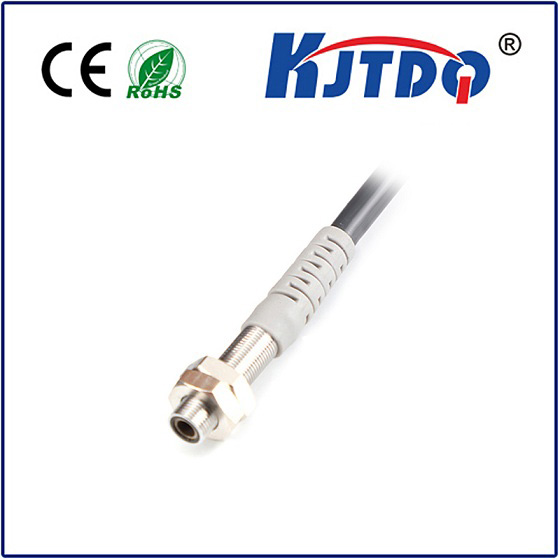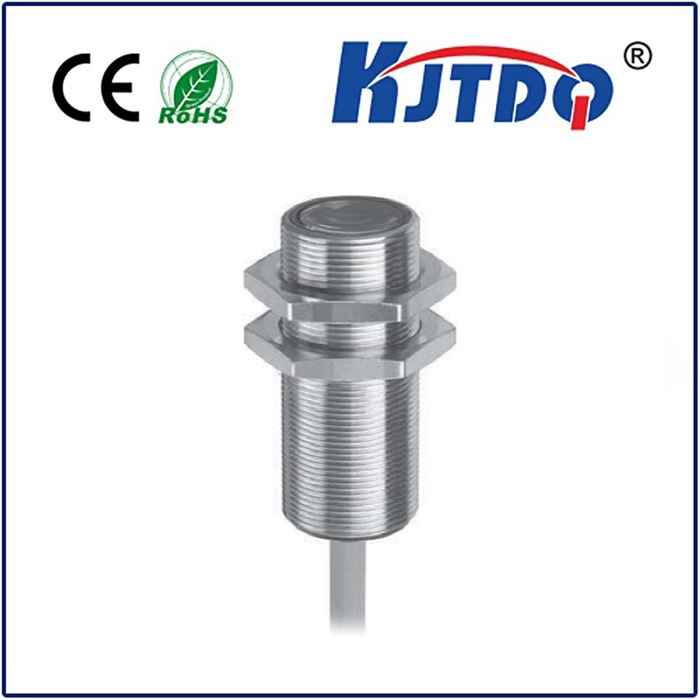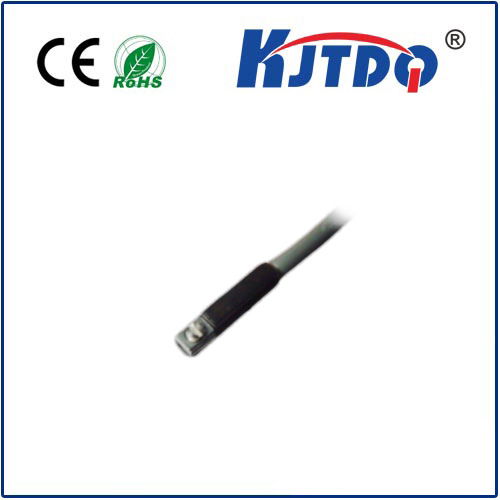Датчик заднего приближения
- time:2025-07-19 08:14:45
- Нажмите:0
Rear Proximity Sensors: Your Essential Blind Spot Guardian for Safe Reversing
That heart-stopping moment backing out of a tight parking spot, the sickening crunch of metal meeting an unseen obstacle – rear proximity sensors are engineered to banish these experiences to the past. Acting as an ever-vigilant electronic sentinel behind your vehicle, these compact devices transform the nerve-wracking act of reversing into a controlled, confident maneuver. Far exceeding the simple beeper systems of yesteryear, modern rear proximity sensors are sophisticated safety features, seamlessly integrated into the vehicle’s parking assistance ecosystem, dramatically lowering collision risk and enhancing driver awareness.
How Does This Invisible Guardian Work?
At their core, most rear proximity sensors utilize ultrasonic technology. Small transducers, typically embedded within the rear bumper, emit high-frequency sound waves inaudible to humans. These waves travel behind the vehicle. When they encounter an obstacle – a low wall, a stray shopping cart, another parked car, or even a child – the waves bounce back towards the sensors. The sensor’s control unit precisely calculates the time taken for the echo to return. This translates directly into distance: the shorter the time delay, the closer the obstacle.
This crucial distance information is then communicated instantly to the driver through an intuitive interface:
- Audible Alerts: The most common feedback system. A series of beeps start intermittently when an object is detected further away. As the vehicle gets closer to the obstacle, the beeping becomes a continuous, urgent tone. The frequency and pattern provide clear spatial awareness without needing the driver to glance away.
- Visual Displays: Often integrated into the infotainment screen or a dedicated display in the instrument cluster. This typically shows a graphical representation of the car surrounded by colored zones (e.g., green for safe, yellow for caution, red for immediate danger) indicating obstacle proximity. Some systems overlay this on a reversing camera feed.
- Haptic Feedback: Less common but increasingly available, vibrating seats or steering wheels provide a physical alert to immediate dangers.
This multi-sensory feedback loop creates a comprehensive obstacle detection system, effectively extending the driver’s perception beyond the limited rear window view and notoriously unreliable side mirrors.
The Compelling Benefits: More Than Just Avoiding Fender Benders
The value proposition of rear proximity sensors extends far beyond simply preventing minor scrapes:
- Повышение безопасности: This is paramount. Rear sensors significantly reduce the risk of backover accidents, particularly involving children or pets who might be too small to see in mirrors or move unpredictably into the path of a reversing vehicle. They are a vital component in blind spot detection coverage, especially for areas directly behind the bumper.
- Collision Prevention: From protecting your bumper against low posts and bollards to avoiding costly scrapes against other vehicles, these sensors act as a first line of defense, preventing expensive repairs and insurance claims.
- Reduced Driver Stress: Parallel parking, navigating crowded driveways, squeezing into tight garages – these scenarios become significantly less stressful. Sensors provide constant feedback, building driver confidence and reducing anxiety in confined spaces.
- Cost-Effective Protection: The cost of repairing even minor parking damage often far exceeds the investment in proximity sensors, especially when considering vehicle resale value. They are a relatively inexpensive driver assistance technology offering substantial returns.
- Complementary Technology: They work brilliantly in tandem with rearview cameras (often part of a parking sensor system). While the camera provides a visual feed, the sensors provide precise distance measurement, especially valuable in low-light conditions or when the camera lens is obscured.
Diving Deeper: Ultrasonic vs. Electromagnetic
While ultrasonic dominates the market, another technology offers an alternative:
- Ultrasonic Sensors: The most prevalent type. Offer excellent object detection at short to medium ranges (typically up to 8-10 feet behind the vehicle). They are highly effective for static and slow-moving objects. Performance can sometimes be affected by heavy rain, snow buildup, or mud covering the sensor surface. Regular cleaning is key.
- Electromagnetic Sensors: Operate by creating an electromagnetic field along the vehicle’s rear surface. They detect disruptions to this field caused by metallic objects. Advantages include being less susceptible to weather elements (as they are usually hidden behind the bumper skin) and providing a more continuous detection zone along the bumper without the “blind spots” sometimes found between discrete ultrasonic sensors. They may be less sensitive to non-metallic objects like plastic barriers or vegetation compared to ultrasonics.
Maximizing Your Sensor’s Performance: Simple Maintenance
To ensure your rear proximity sensors function flawlessly:
- Keep Them Clean: Dirt, snow, ice, or mud caked onto the sensor surface will significantly impair their ability to transmit and receive sound waves. Regularly wipe the small circular sensor “dots” on your bumper when washing the car, especially after off-road adventures or winter driving. This is the single most crucial step.
- Avoid Paint and Stickers: Covering the sensors with bumper stickers, paint (beyond factory finishes), or thick protective films can block their operation.
- Recognize System Limitations: Sensors may struggle to detect very low objects (like low curbs or thin poles just below bumper level) or extremely thin objects. They are designed for proximity, not absolute detection of everything. Always perform a visual check.
- Professional Checks: If the system malfunctions (e.g., constant beeping when nothing is there, or no alert when there is an obstacle), consult a qualified technician. Sensors can fail, or wiring issues can occur.
Beyond the Beep: Integration and Evolution
Rear proximity sensors are rarely standalone marvels today. They form a critical part of Advanced Driver Assistance Systems (ADAS), feeding data into the vehicle’s central computer. This integration enables features like:
- Automatic Emergency Braking (AEB): While reversing, if the system detects an imminent collision and the driver doesn’t react, it can automatically apply the brakes.
- Cross-Traffic Alert (RCTA): Uses radar sensors (often in the rear corners) to detect vehicles approaching perpendicularly from the sides while reversing out of a parking space, providing audible and visual warnings.
- Parking Assist: Combined with steering control, some systems can semi-automatically parallel park or back into stalls with minimal driver steering input.
The Essential Upgrade for Peace of Mind
Whether navigating the chaotic parking lots of urban centers, backing out of a busy driveway, or fitting into a snug garage, rear proximity sensors act as an indispensable co-pilot. They transform the vulnerable rear blind zone into a monitored safety perimeter. By providing critical distance information through intuitive alerts, they empower drivers with heightened awareness, significantly reduce the chance of low-speed collisions, and dramatically lower parking-related stress. From safeguarding pedestrians and property to protecting your own vehicle’s value, investing in or utilizing this technology is a clear step toward safer, smarter, and more confident driving. For parents, urban dwellers, and anyone prioritizing safety and convenience, rear proximity sensors are not just a luxury add-on; they are an essential blind spot guardian fundamental to modern vehicle safety.

